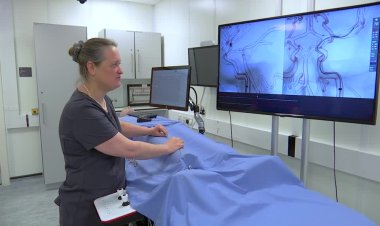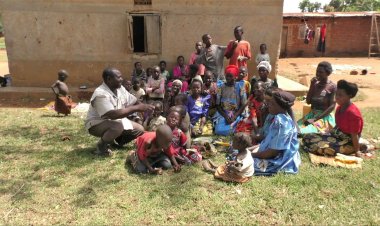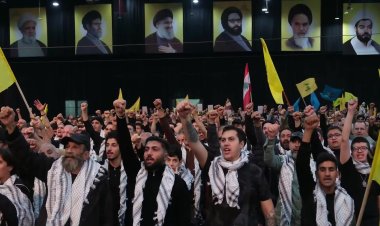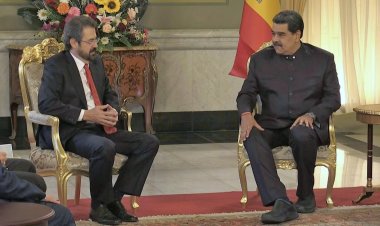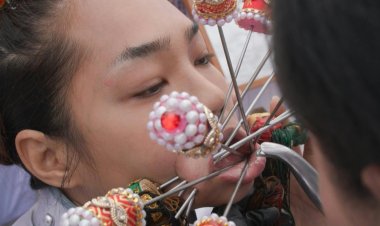Excavators uncover artefacts at site of last Mayan stronghold
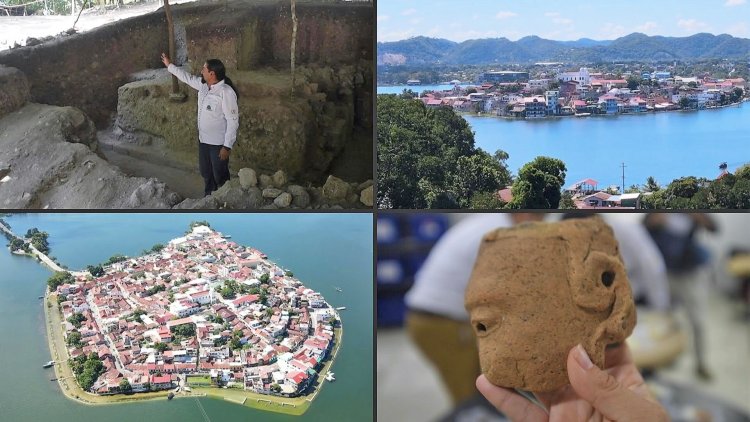
Ceramics, human burial grounds and bullets from Spanish guns are among artefacts that have been uncovered by archaeologists in Guatemala at the site of the last Mayan city to resist European conquest, officials said.
The new excavation project began last June in an effort to understand more about the Tayasal outpost where Mayan inhabitants first settled in 900 BC during their Preclassic period, the archeologist in charge of the dig said.
Tayasal was the last Mayan city to yield to the Spanish conquest in 1697, a century after Europeans entered the western highlands of what is now Guatemala, Suarlin Cordova said.
"More than 100 years passed in which the northern part of Guatemala was totally outside of Spanish rule, and this happened mainly because the jungle functioned as a natural border that made the arrival of the Spaniards to these places very difficult."
In 1525 Tayasal was also part of the route used by Spanish conquistador Hernan Cortes on his journey to present-day Honduras.
Most of the buildings at the Tayasal site are buried under earth and vegetation inside a seven-square-kilometre area near Lake Peten Itza.
Also visible is a water well used since pre-Hispanic times.
The Maya civilization reached its height between 250 and 900 AD in what is present-day southern Mexico and Guatemala, as well as parts of Belize, El Salvador and Honduras.




